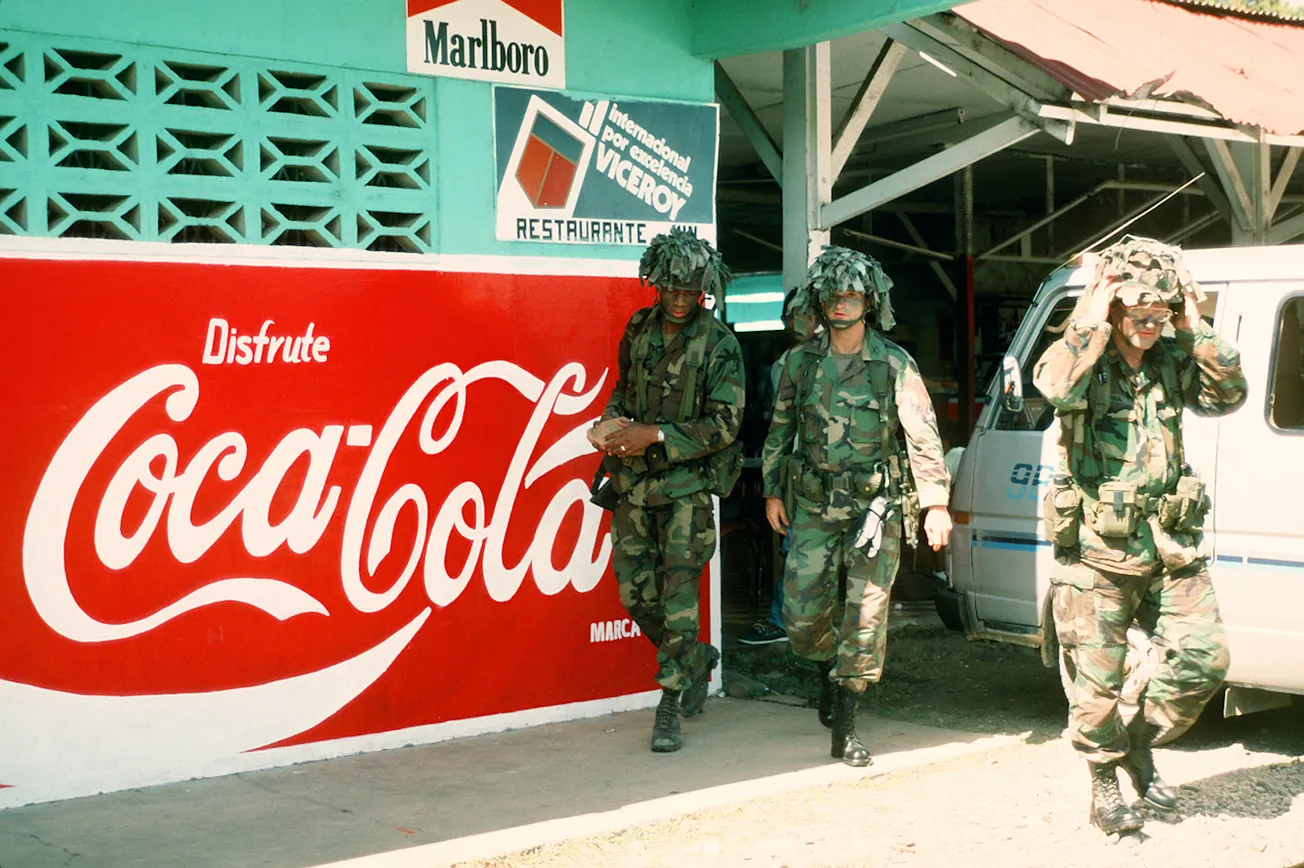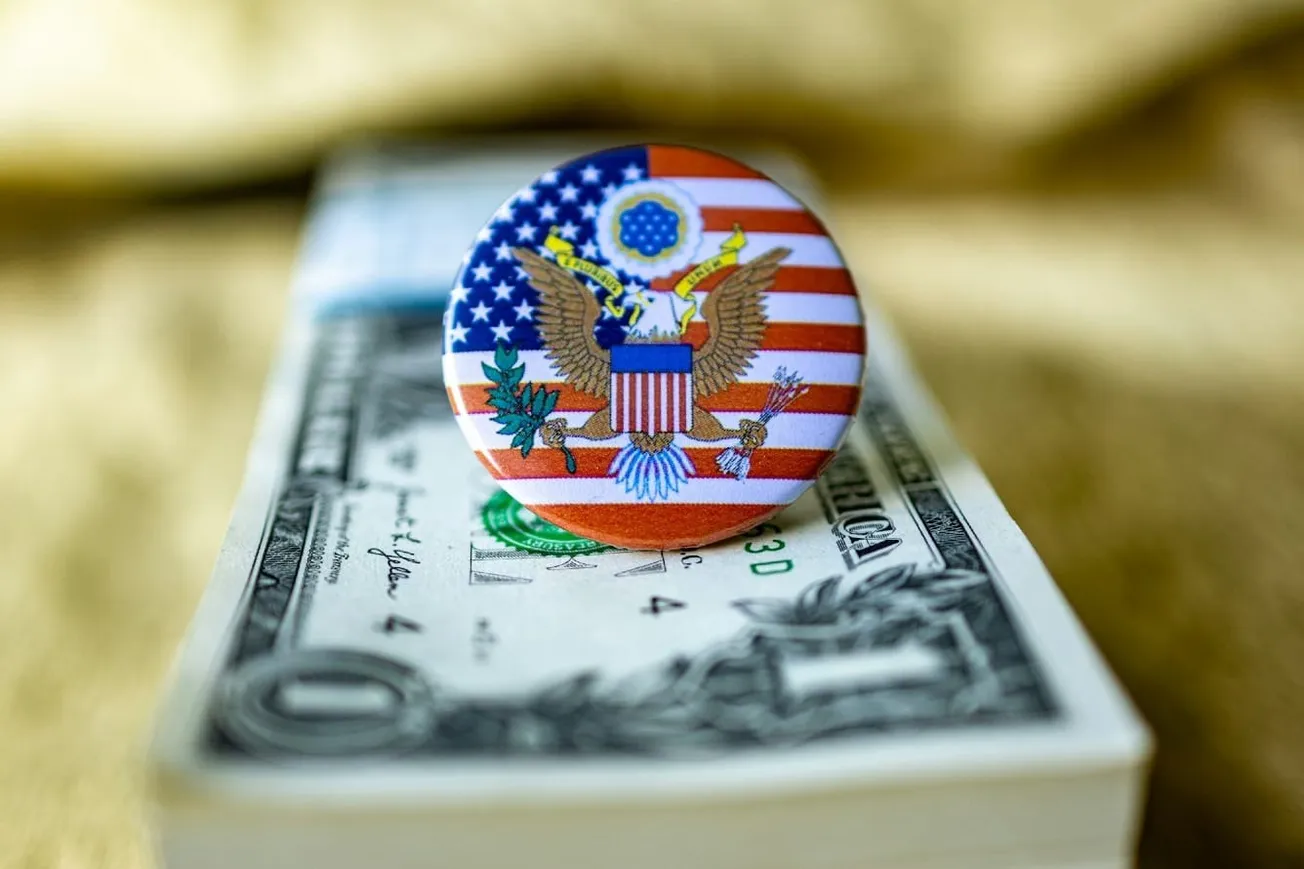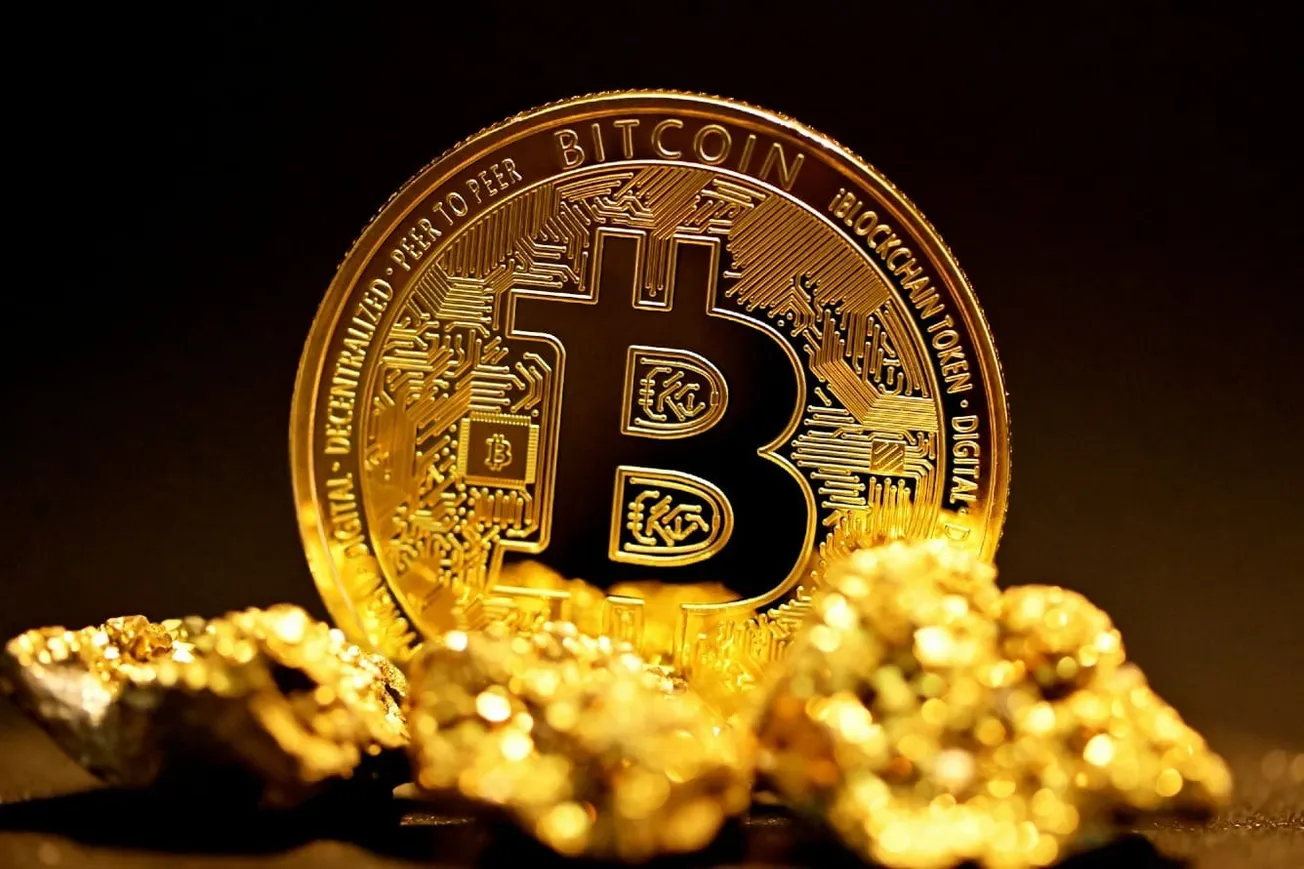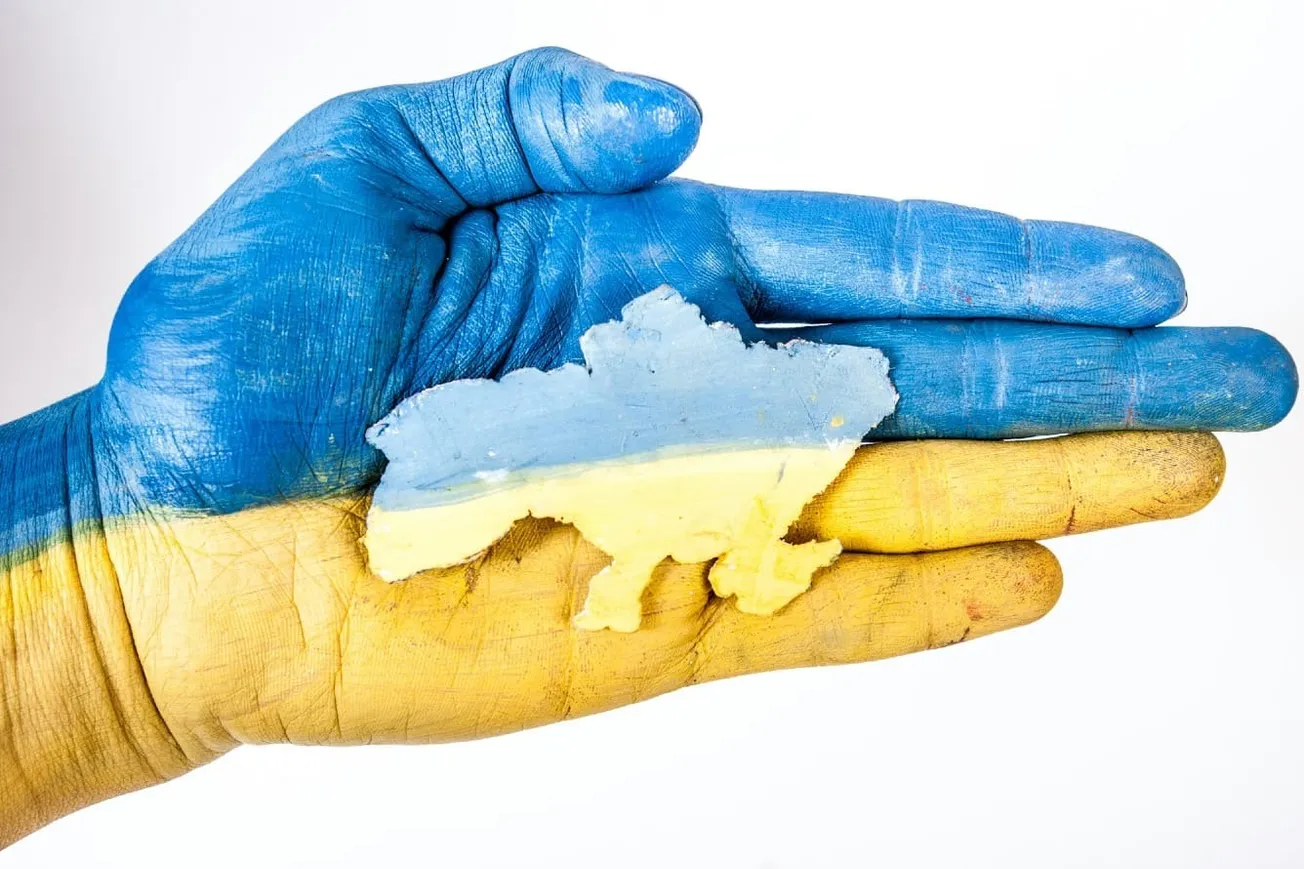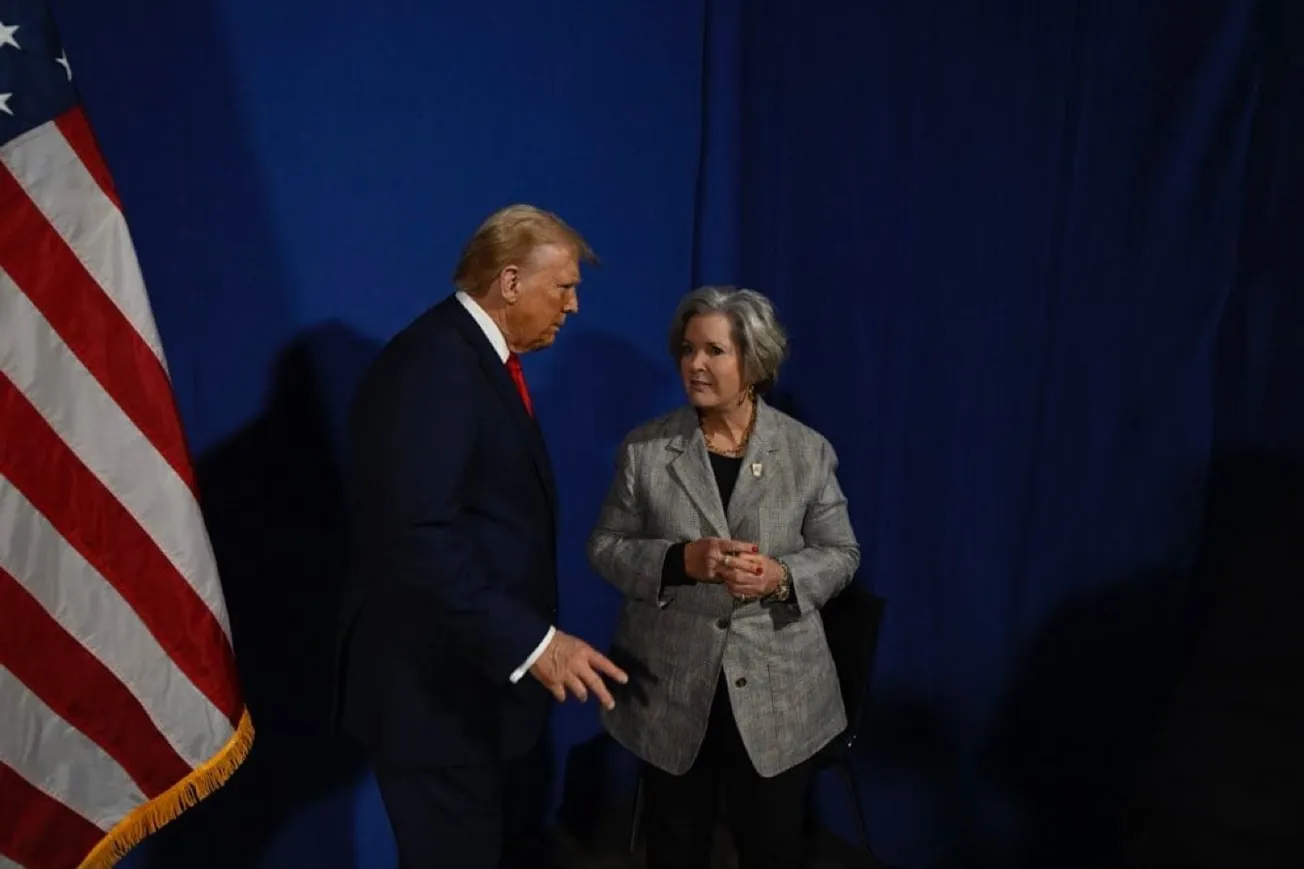By Ryan McMaken, The Mises Institue | October 5, 2023
Argentinian presidential candidate Javier Milei—who could actually win in the general election later this month—has become famous for his fiery speeches and his libertarian views from central banking to government spending. Milei's proposed policies—if he's able to actually implement them—would do much to help the Argentinian economy recover from decades of malaise caused by runaway government spending and monetary inflation. Among Milei's positions, however, is his call for the dollarization of the Argentinian economy. It is unclear if Milei seeks currency competition within Argentina or if he seeks "full-blown" dollarization. In the case of the former, the dollar would merely be permitted to openly compete with other currencies. Full-blown dollarization, on the other hand, would mean the complete abandonment of the Argentinian peso and the adoption of the US dollar as the state's preferred currency.
Here at mises.org, authors Simon Wilson and Kristoffer Hansen have already addressed some of the economic problems presented by dollarization. There are geopolitical problems that come with full dollarization, as well. Dollarized countries open themselves up to more ready control by the US regime should Washington decide it wishes to impose economic sanctions on a dollarized country. The impact of sanctions within a dollarized economy can have especially devastating effects on ordinary people who must use dollars in everyday transactions.
At least, this is what happened in Panama in 1988 and 1989. The Panamanian economy had been fully dollarized for decades when the US government imposed economic sanctions on the country as part of the US government's efforts to capture the Manuel Noriega. Full dollarization led in part to a severe economic contraction which did little to unseat Noriega but which impoverished ordinary dollar users in the country.
While Argentinians may think it's unlikely that the US will seek to impose sanctions on the country—and thus such geopolitical concerns are irrelevant—the US in recent years has been increasingly enthusiastic about using economic sanctions against regimes Washington doesn't like. Any regime considering dollarization would do well to at least consider how dollarization can increase the US's potential for direct political control over dollarized economies.
Panama: A Case of Full Dollarization
The nominal Panamanian currency is the balboa, but it only circulates as coins and is pegged to the dollar in a 1:1 ratio. The US dollar is used in most transactions, Panama has never had its own central bank, and the dollar has functioned as legal tender for more than a century in Panama. This means the Panama economy is now—and has been since economic liberalization in the 1970s—fully integrated into the US financial system.
This comes with some undeniable benefits. As Juan Luis Moreno-Villalaz has noted,
The unified currency system eliminates foreign exchange risk, currency mismatches, and speculative attacks so common in other countries with central banks and “sovereign” money. The absence of “policy decisions” regarding monetary or exchange rate affairs reduces risk because less information is needed by outside investors.
Because of this relative stability and economic integration, however, the role of dollar-denominated US banks in Panama is unusually large, and ordinary consumers and business owners use US banks and dollars to carry out everyday transactions. Because the US government can directly regulate these US banks and their payment systems, this makes Panama's economy more directly affected by US domestic policy, including executive orders from US presidents.
Not that non-dollarized economies are immune from this. In the modern world, even non-dollarized economies use dollars heavily. Dollars are key to the eurodollar economy—including petrodollars—and dollars are used extensively for international trade. Cutting off access to dollars can be used as a chokepoint against many countries should the US wish to impose economic sanctions against those countries. We have seen this phenomenon at work in recent years in the form of new US sanctions against Russia and Iran. Thus, one could reasonably conclude that the dollar can be weaponized against countries whether or not those countries have dollarized. This is true to an extent, but the Panama experience suggests that full dollarization magnifies and extends a foreign economy's susceptibility to US policy.
Dollarization and US Sanctions Against Panama
The problem of dollarization for Panama became acute in 1988 and 1989 when the United States engaged in efforts to arrest General Manuel Noriega and try him for a variety of drug-related crimes in the United States. From the late 1970s to the mid 1980s, Noriega had been a valued unofficial agent of the CIA and the US regime. He funneled resources to the Contras in Nicaragua at the behest of the US government and allowed the CIA to carry out spy operations from bases in Panama. As the de facto ruler of Panama throughout much of the 1980s, he was, in short, one of the US regime's many "strongman" allies in Latin America. When Noriega began to assert more independence from Washington, however, the US regime turned against him and sought his extradition.
Economic sanctions were subsequently imposed in 1988. According to a 1989 report from the General Accounting Office, the State Department advised US banks "to not disburse funds to the Noriega regime." The report continues: "On March 11, 1988, the President [Reagan] ...announced a program to reduce the flow of U.S. dollars to Panama. This included requiring that all payments due to Panama from the operation of the Panama Canal Commission be deposited into an escrow account established at the Federal Reserve Bank of New York." The US also assisted Noriega's adversaries in Panama in an effort to "freez[e] Panamanian assets in the United States which ultimately led to the closure of domestic Panamanian banks in March 1988."
The sanctions did not succeed in convincing Noriega to surrender, but they did damage the Panamanian economy considerably. As political scientist Benjamin J. Cohen describes it,
Panamanian assets in U.S. banks were frozen, and all payments and dollar transfers to Panama were prohibited, effectively demonetizing the economy. ... The effect on the economy was devastating despite rushed efforts by the Panamanian authorities to create a substitute currency, mainly by issuing checks in standardized denominations that they hoped recipients would then treat as cash.
The sanctions may have reduced Panama's economic output by as much as 20 percent, yet it is notable that the US did not even employ its full arsenal of economic sanctions. Given the extensive dollarization of the Panama economy, the US could have easily further destroyed the Panama economy by "curtailing ... inter-bank transfers of US dollars."
Some historians and economists have investigated to what extent Panama's dollarization put it at the mercy of US sanctions. Cohen concludes "In political terms ... Panama has been especially vulnerable in its relations with Washington." In a study titled "Full Dollarization: The Case of Panama," the authors conclude
the suspension of payments (resulting from the freezing of Panamanian accounts in New York) could be a risk associated mainly with a dollarized economy, given that the dollarization regime leads to a large presence of overseas bank accounts. ... It is true that the United States cut off the supply of new paper currency and froze Panamanian bank accounts in New York. The first action had little real adverse economic impact, however, while the efficacy of the second derived not from dollarization per se but from the large role of New York banks in the economy. But the latter was in part the consequence of the former" [emphasis added.]1
In other words, dollarization likely led to greater reliance on US banks which, in turn, increased the ability of the US to more effectively impose sanctions on Panama's economy.
Perhaps one of the most notable effects of the sanctions in Panama's dollarized economy was the fact the sanctions had such a large effect on ordinary Panamanians. In a non-dollarized economy, sanctions limiting access to dollars can take more time to be felt by the bulk of the population, especially those parts of the population not directly involved in international trade and finance. With dollars as the ordinary everyday currency, however, efforts to cut off the flow of dollars had a greater direct impact on the economy. In a 1990 study for the Army War College, Kay. B. Witt concludes "the average Panamanian bore the brunt of the sanctions," and it might also be noted that the sanctions were most felt by law-abiding citizens who were not involved in the "informal" economy where dollars still flowed via illegal conduits. The Noriega regime had access to both the normal economy and the informal economy, however, and thus could continue to access dollars even as ordinary people greatly suffered at the hands of US policymakers. Witt concedes, "the sanctions had no significant effect on General Noriega and his loyal followers."
Noriega, of course, was eventually captured in early 1990 in the wake of a US invasion, and the sanctions were lifted. It is instructive, however, to note the speed and ease with which the US was able to devastate the Panama economy by cutting off dollars.
Dollarization does indeed bring economic benefits, but Latin American policymakers might be well-advised to consider the geopolitical effects of dollarization as well.
- 1. Ilan Goldfajn, Gino Olivares, Jeffrey Frankel and Gian Maria Milesi-Ferrettip. "Full Dollarization: The Case of Panama," Economía 1, No. 2 (Spring 2001): 111, 145
Ryan McMaken is executive editor at the Mises Institute.
Original article link

